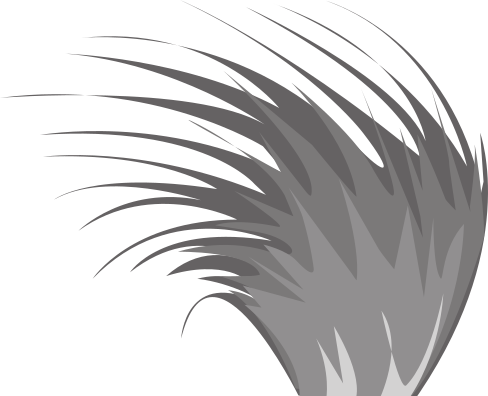Future Events
Talks are held in the Zoology Benham Building, 346 Great King Street, behind the Zoology car park by the old Captain Cook Hotel. This is where we used to meet pre-covid. Please use the main entrance of the Benham Building to enter and go to the Benham Seminar Room, Room 215, located on the second floor. Please be prompt as we have to hold the door open. Zoom links for the talks are sent to members, join the BSO here.
Trips leave from the Department of Botany car park.
Talk / Seminar on Wednesday 11th of February 2026, 05:20 PM (1 month from now)
Contact: John Barkla
Scott Jarvie, Senior Scientist Terrestrial Ecology, Otago Regional Council.
Otago has a high diversity of plants and animals, reflecting the region’s contemporary landscapes, geological past and climatic history. Over 450 species have so far been identified as only naturally occurring in Otago, meaning they occur naturally and breed exclusively in the region. In this talk, I will provide an overview of our regionally endemic species in Otago and how this was determined, with a focus on our plants. Other projects that have contributed to our understanding of our regionally endemic species will also be touched upon, including a project assessing the extinction risk to species regionally and a project compiling type localities for species.
